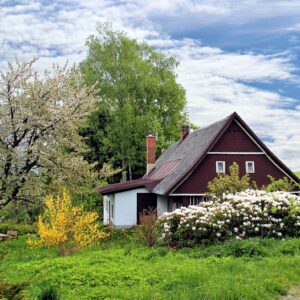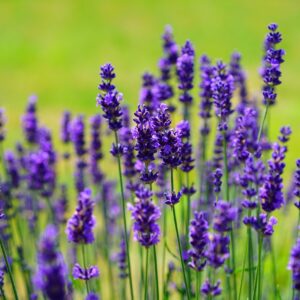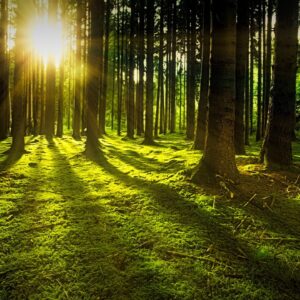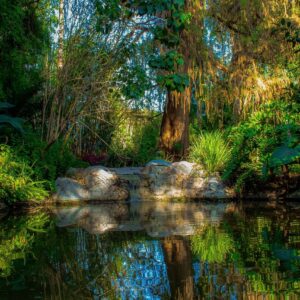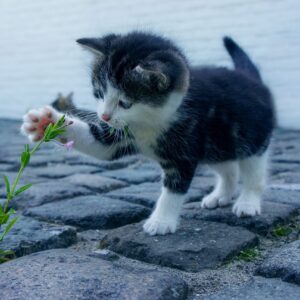Do you want to transform your garden into a haven for wildlife? Creating a wildlife-friendly garden is not only beneficial for the environment, but it also provides a delightful space for you to enjoy.
By following a few simple steps, you can attract a variety of birds, butterflies, and other fascinating creatures to your outdoor sanctuary.
Start by selecting native plants that provide food and shelter for local wildlife. These plants are well-adapted to the region, making them more appealing to animals.
Next, create shelter and nesting areas by incorporating features like birdhouses, brush piles, and rock piles.
Additionally, it’s important to provide a water source, such as a birdbath or pond, for animals to drink and bathe in.
Avoid using chemical pesticides and herbicides, as they can be harmful to wildlife. Instead, opt for natural pest control methods like companion planting and beneficial insects.
Lastly, maintain a balanced ecosystem by minimizing lawn areas and leaving some areas untouched.
With these simple steps, you can create a vibrant and thriving wildlife-friendly garden that will bring joy and wonder to both you and the creatures that call it home.
Selecting Native Plants for Your Garden
You can bring the beauty of nature into your garden by selecting native plants that will attract a wide variety of wildlife. These plants are well-adapted to the local climate and soil conditions, making them more resilient and easier to maintain. They also provide food and shelter for native wildlife, creating a balanced ecosystem in your garden.
When choosing native plants, consider their bloom time to ensure a continuous source of nectar for pollinators throughout the year. Planting a mix of flowers, shrubs, and trees will provide different levels of cover and nesting sites for birds.
By incorporating native plants into your garden, you can create a wildlife-friendly oasis right in your own backyard.
Creating Shelter and Nesting Areas
To enhance biodiversity in your outdoor space, it’s essential to establish suitable habitats and nesting zones for various wildlife species.
Creating shelter and nesting areas can provide a safe haven for animals to rest, reproduce, and raise their young. You can incorporate birdhouses, bat boxes, and insect hotels to attract different species.
Planting dense shrubs and trees can offer protection from predators and harsh weather conditions. Fallen logs and rock piles also provide hiding spots for small mammals and reptiles.
Additionally, leaving some areas of your garden untidy, with leaf litter and brush piles, can create ideal habitats for insects and amphibians.
By providing these sheltered spaces, you’ll not only attract wildlife to your garden but also contribute to the conservation of their populations.
Providing a Water Source
Establishing a water source is crucial for fostering biodiversity in your outdoor space and ensuring the well-being of various wildlife species. By providing a water feature such as a pond, birdbath, or even a small bowl of water, you can create a haven for animals to drink, bathe, and cool off in the hot summer months.
Place the water source in a quiet and safe location, away from busy areas and potential predators. Remember to clean and refill it regularly to prevent the spread of disease and ensure a fresh and inviting environment for wildlife.
Adding rocks or shallow areas in the water feature can also provide opportunities for insects, amphibians, and small mammals to find shelter or lay their eggs.
By offering a reliable water source, you can attract a wide range of wildlife to your garden and contribute to their survival.
Avoiding Chemical Pesticides and Herbicides
When avoiding the use of chemical pesticides and herbicides, it’s essential to prioritize the health and well-being of the diverse ecosystem thriving in your outdoor space.
Instead of relying on these harmful substances, opt for natural alternatives that won’t harm wildlife. For example, you can encourage beneficial insects like ladybugs and lacewings to control pests by planting flowers that attract them, such as daisies and marigolds.
Additionally, practicing good garden hygiene by removing dead plants and debris will help prevent pest infestations. Another effective method is companion planting, where certain plants are grown together to deter pests. For instance, planting garlic or onions near roses can repel aphids.
By avoiding chemical pesticides and herbicides, you’re creating a safe haven for wildlife and promoting a healthy and balanced garden ecosystem.
Maintaining a Balanced Ecosystem
By prioritizing the health and well-being of the diverse ecosystem thriving in your outdoor space, you can maintain a balanced environment that supports a harmonious coexistence of plants and animals.
Start by creating a habitat that includes a variety of native plants, as they provide food and shelter for wildlife. Additionally, consider incorporating different layers within your garden, such as trees, shrubs, and groundcovers, to accommodate a range of species.
Encourage natural pest control by attracting beneficial insects like ladybugs and lacewings, which help control harmful pests. Provide a water source, like a birdbath or a small pond, to support local wildlife.
Lastly, avoid excessive pruning or removing dead plant material, as they serve as important habitats for insects and other creatures. By maintaining a balanced ecosystem, you can create a wildlife-friendly garden that thrives with biodiversity.
Conclusion
Creating a wildlife-friendly garden is a great way to support and conserve biodiversity. By selecting native plants, providing shelter and water, and avoiding harmful chemicals, you can create a balanced ecosystem that attracts a variety of wildlife.
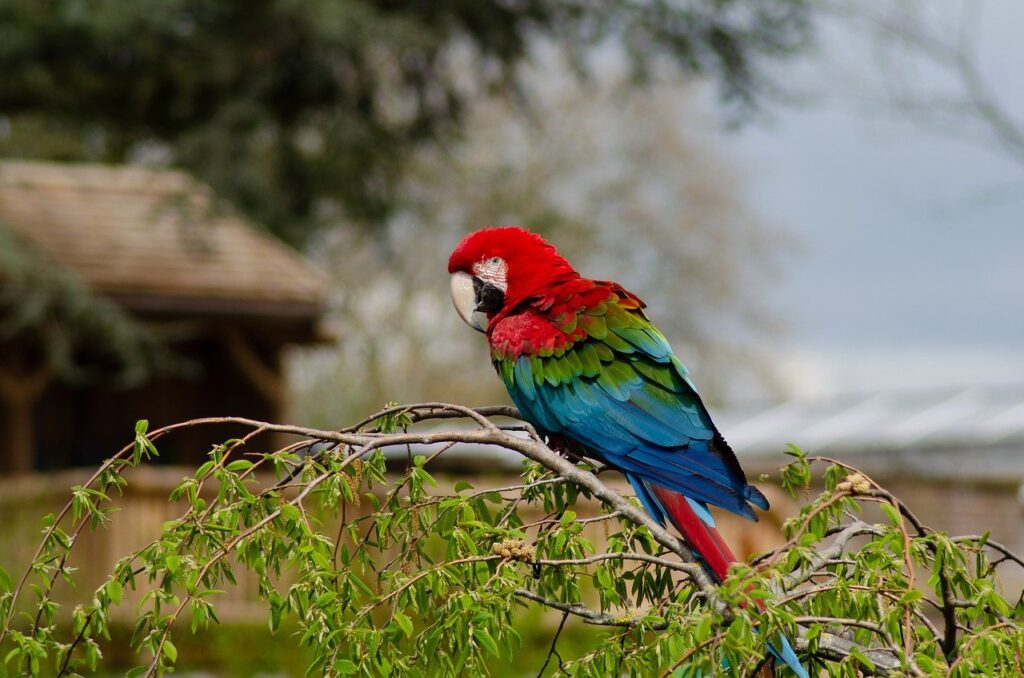
Remember to maintain your garden regularly to ensure its continued success. With a little effort, you can transform your garden into a haven for birds, bees, butterflies, and other fascinating creatures. Enjoy the beauty and benefits of a wildlife-friendly garden right in your own backyard!
